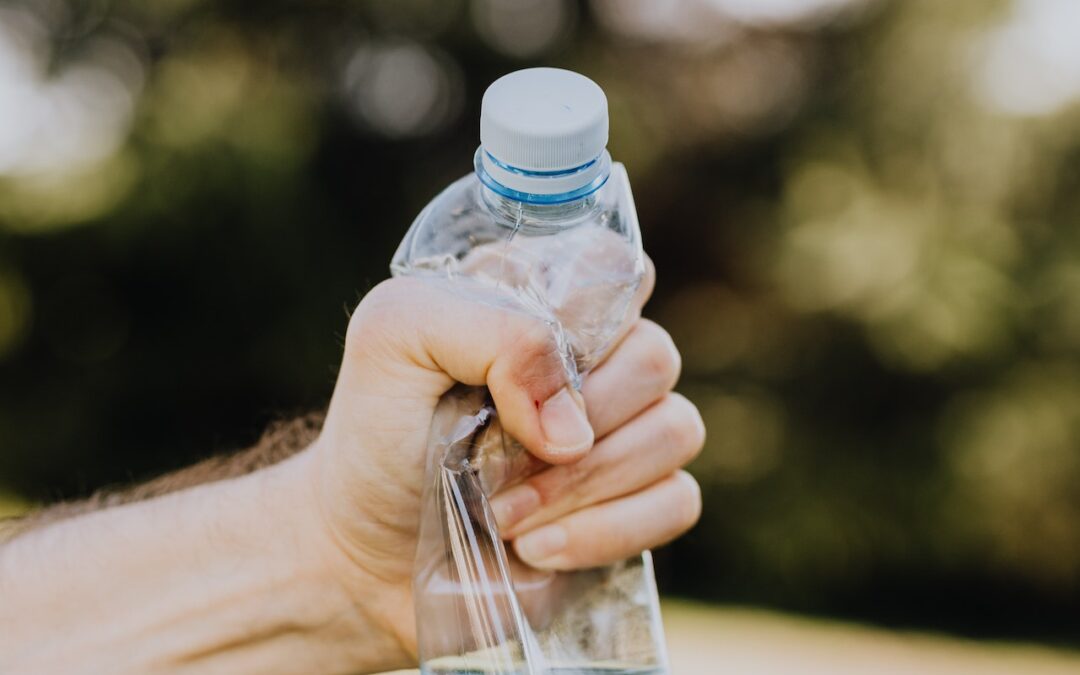Every day, more and more supermarkets stock their shelves with products labeled as “eco,” “bio,” or “organic.” Even though we are familiar with these words, we tend to use them interchangeably, without appreciating the differences among them.
Have you ever bought an organic product thinking it was sustainable? I have!
I have a very hectic schedule, and I shop in a hurry with no time to read the product labels. I try to follow a well-balanced diet, prioritizing greens and vegetables, and this week, I grabbed a handful of tomatoes that claimed to be organic—I purchased them just because of the label. When I got home, I realized that these tomatoes were imported from Germany. From Germany! How many unnecessary kilometers did this product have to travel before making its way to my local supermarket? That’s all I could think about as I realized this product was in no way sustainable, even if it was grown organically.
Even though many studies affirm that organic agriculture promotes cultural development, we should consider that these products are not always sustainable for the environment. Be sure to read product labels carefully.
In addition, it’s essential to clearly differentiate the meaning of three common terms often used on eco-friendly product labels, so we can be conscious of what we’re purchasing.
“Bio” products have no component that has been genetically modified.
A product is considered “organic” when it has been produced without chemicals. However, not all organic products are biological. This is because even though the organic product contains no chemicals, it could have been made with genetically modified ingredients—for example, genetically modified grapes used to make wine.
Lastly, “eco” products are made without any artificial intervention such as pesticides and fertilizers.
If there’s any takeaway from this supermarket experience—besides learning how to differentiate the three terms above—it’s the fact that now, I will take my time when I’m shopping!
-Manuel Barreiro Castañeda-

